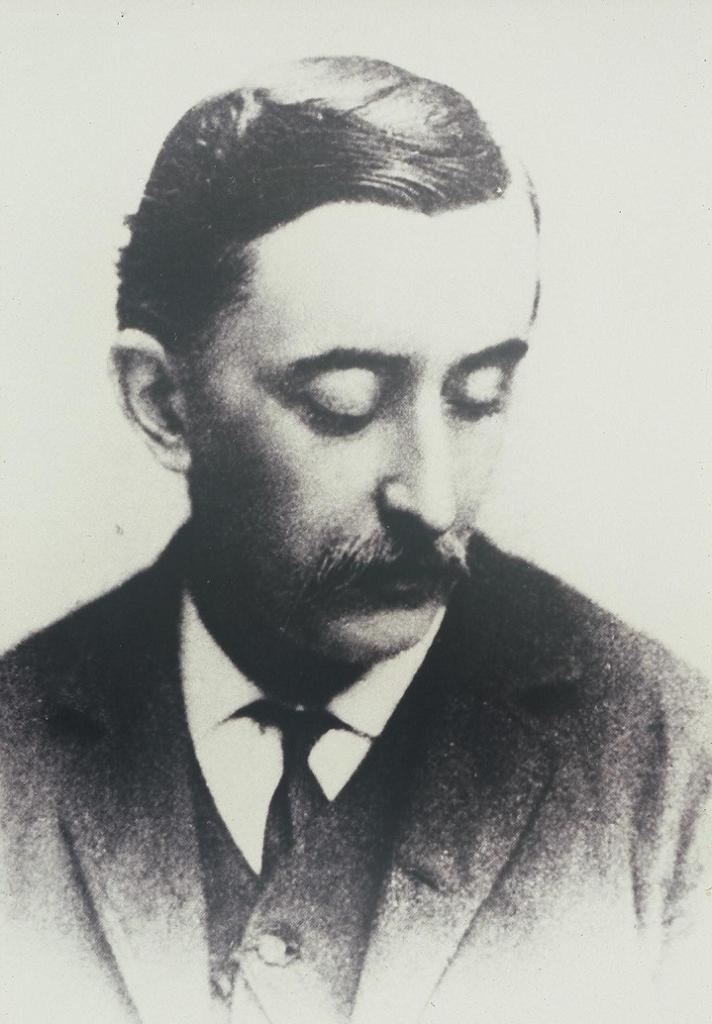 | ||
Japanophilia refers to the appreciation and love of Japanese culture, people or history. In Japanese, the term for Japanophile is "shinnichi" (親日), with "親" "shin" (しん) equivalent to the English prefix 'pro-', and "日" "nichi" (にち), meaning "Japanese" (as in the word for Japan "Nihon" (日本)). The term was first used as early as the 18th century, switching in scope over time.
Contents
Early usage
The term "Japanophile" traces back to the late 18th and early 19th centuries before Japan became more open to foreign trade. Carl Peter Thunberg and Philipp Franz von Siebold helped introduce Japanese flora, artworks, and other objects to Europe which spiked interest. Lafcadio Hearn, an Irish-Greek author who made his home in Japan in the 19th century, was described as "a confirmed Japanophile" by Charles E. Tuttle Company in their forewords to several of his books.
20th century
In the first decade of the 20th century, several British writers lauded Japan. In 1904, for example, Beatrice Webb wrote that Japan was a "rising star of human self-control and enlightenment", praising the "innovating collectivism" of the Japanese, and the "uncanny" purposefulness and open-mindedness of its "enlightened professional elite." H. G. Wells similarly named the élite of his A Modern Utopia "samurai". In part this was a result of the decline of British industrial primacy, with Japan and Germany rising comparatively. Germany was seen as a threat close to hand, but Japan was seen as a potential ally. The British sought efficiency as the solution to issues of productivity, and after the publication of Alfred Stead's 1906 book Great Japan: A Study of National Efficiency, pundits in Britain looked to Japan for lessons. This interest however, ended with World War I.
21st century
In the early 2000s, words associating themselves with Japanese popular culture have acquired derogatory connotations. The term wapanese (from white Japanese, or possibly also wannabe Japanese) first came out in 2002 as a term used to describe a white person who is obsessed with Japanese culture, which includes anime and manga. The term weeaboo (or weeb later, compare dweeb) came from a comic strip created by Nicholas Gurewitch in which the term had no meaning other than it was something unpleasant. According to an unpublished MA thesis, 4chan quickly picked up the word, and applied it in an abusive way in place of the already existing wapanese term. It is debatable whether weeaboo has the same meaning as the Japanese term otaku (people with obsessive interests). Frog-kun from Crunchyroll states that the meaning of the word Otaku is hindered by cultural appropriation, and that some westerners believe that it can only be used to describe a Japanese person. In a blog post on Anime News Network, Justin Sevakis gives a difference between the two, saying that there is nothing wrong with loving Japanese culture. He points out that a person only becomes a weeaboo when they start to be obnoxious, immature, and ignorant about the culture they love. Rocket News 24 did a number of interviews with Japanese citizens asking them what they thought of "weeaboos". A "general consensus" was that they felt that any foreign interest in Japan was a good thing, and that ignorance might over time become understanding of their culture.
